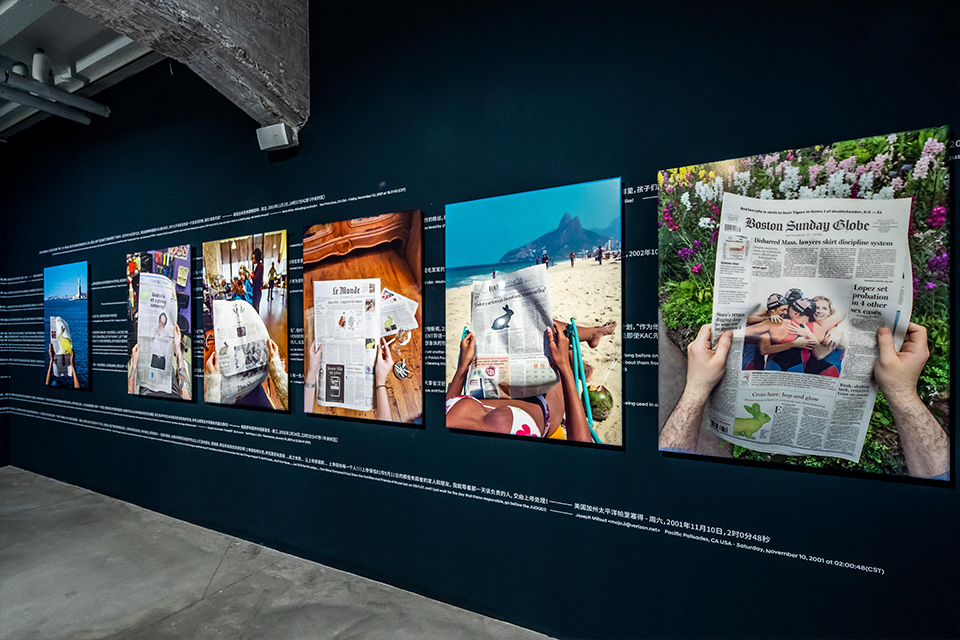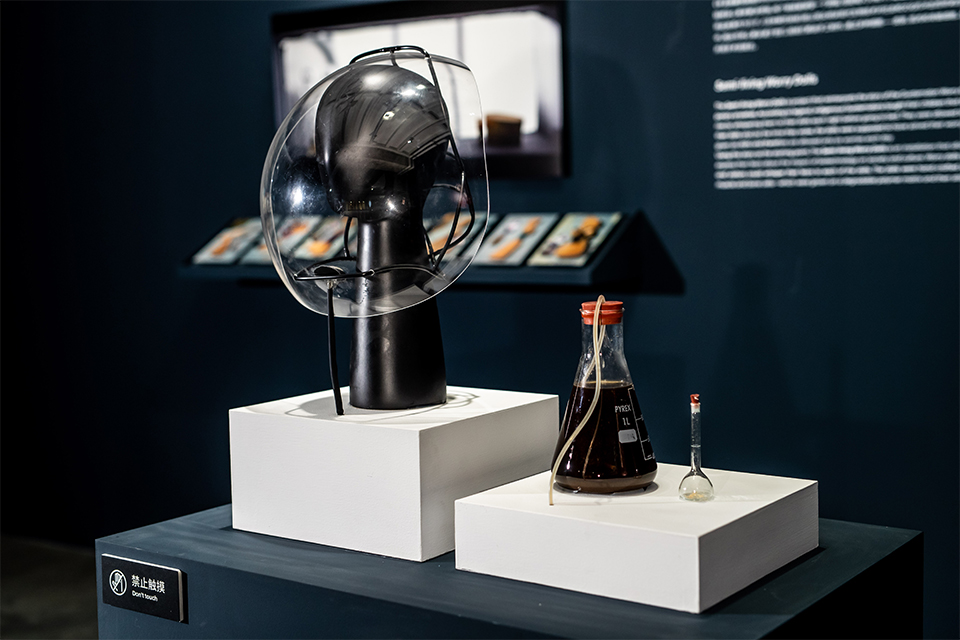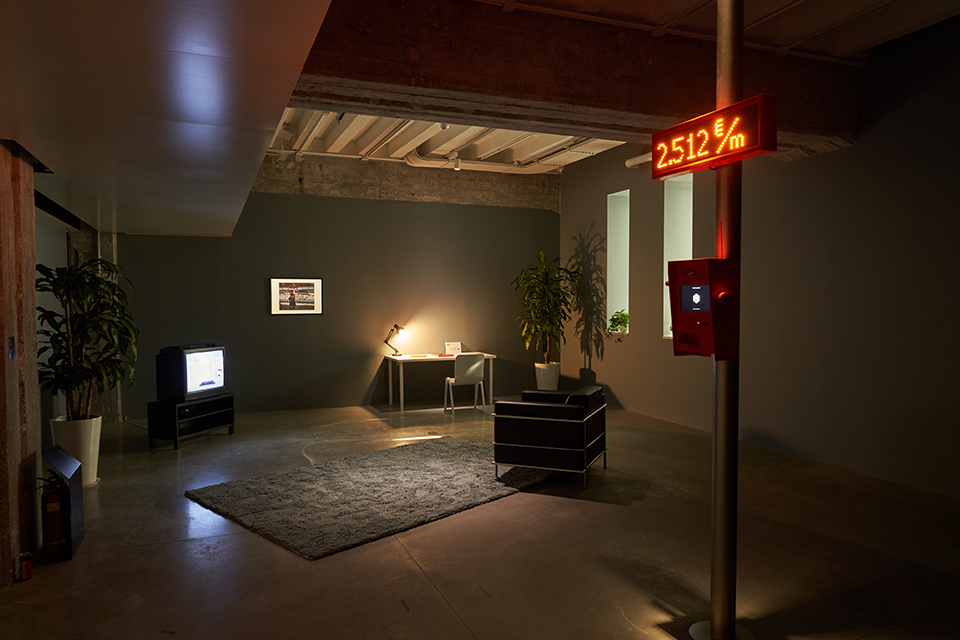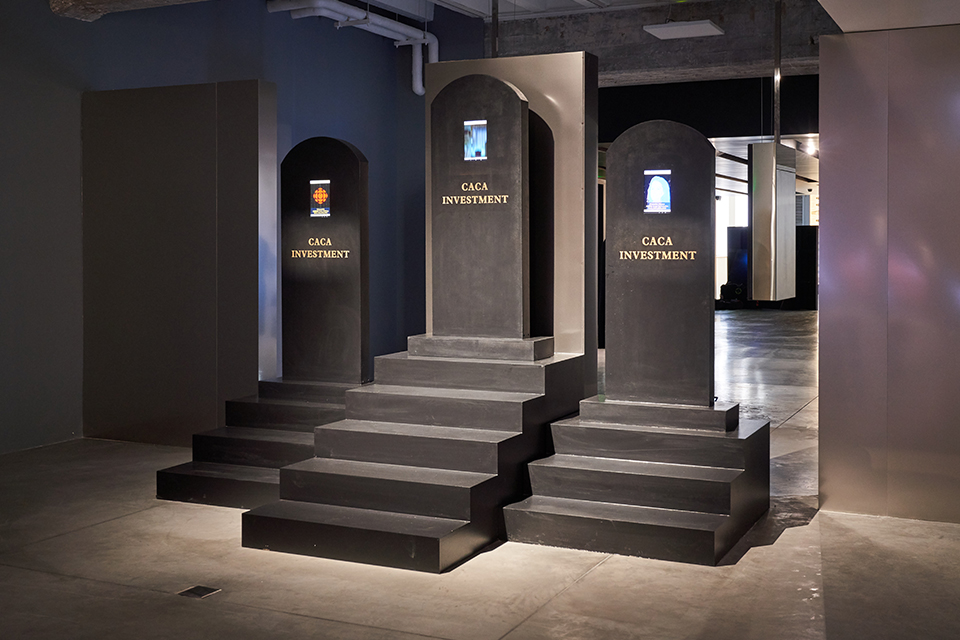Hyundai Blue PrizeArt + Tech 2019
Future Humanity
What urges us to realize the goal of a better life? What kind of future will the flourishing of science and information bring about? As artificial intelligence has become a key word in every industry, and as the public has been enraptured and carried away by the convenience of scientific technology, has our era of development given rise to a new paradigm? As seen in science - fiction film, as technology advances, what role is humanity or will humanity play? Future humanity serves as the thematic inspiration for this exhibition, uniting with Hyundai motors conception of Creative Energy, seeking to inspire and explore humanity and science culture and our own horizons and mission.
Winner
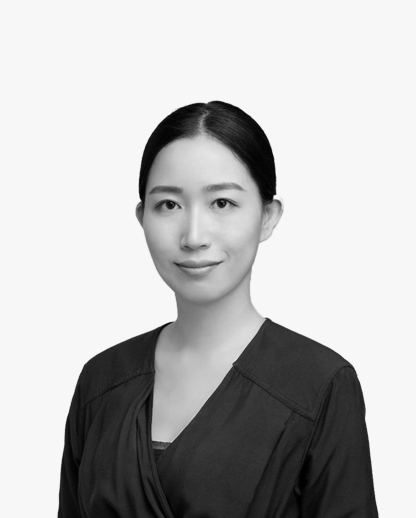
JO WEI
Bruno Latour's description of the quasi - object led to a wave of thought attempting to break the dualism of subject and object, as well as society and nature. The aim is to abandon anthropocentrism, cross the boundaries between species, and view humans as equal to other creatures. In line with this philosophy, the Bio Art movement explores how to break free of the confines of life, species, nature, and art.
This exhibition is focused on the issues of today's rapid development of biotechnology and society. Can humans find a new way to coexist with nature? Should there be more discussion over ancient philosophical classics, such as Zhuangzi's On the Equality of Things or Spinoza's monistic view that humans are just a part of nature, as mentioned in Ethics? Perhaps this new way of coexisting will be based on the acceptance, where human beings rely on scientific power to create a new nature? Whatever the case, the boundary between human society and nature will eventually disappear, and the two combined will form a quasi-nature; state of being.
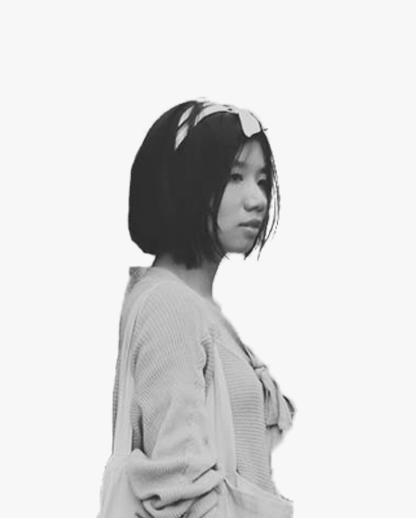
Iris Long
Artists and researchers involved in this exhibition blend perspectives of Sophia (bright, poetic, media imagination) and Alexa (dark, black box, technological criticism), they investigate how AI shuffles global technical politics, reconstruct the earth's geologies, the absurdity of quantifying human emotions, the dark, inhuman labor (in exhausting fashion)to train human - like algorithms, incentives to project the entire human spiritual architecture on one single technology form, and the fairy - tale building on AI conducted by mass media.
Sophia and Alexa are embodied in the exhibition by text and sound generated by AI algorithms, and weave through it as dialogues. Walking through the exhibition is as if in Stalker, it interweaves the richness, noncomputability and vitality of the psychological world. Would all we are experiencing as a whole ;break all the prophecies, like the event horizon in Vernor Steffen Vinge's assertions, or be the biggest mistake we have ever made in Steve Hawking's alerts?
Finalists
-
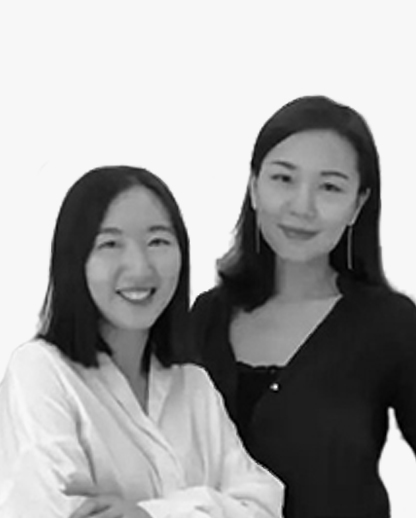 LI Beike & SUN Tianyi
LI Beike & SUN Tianyi -
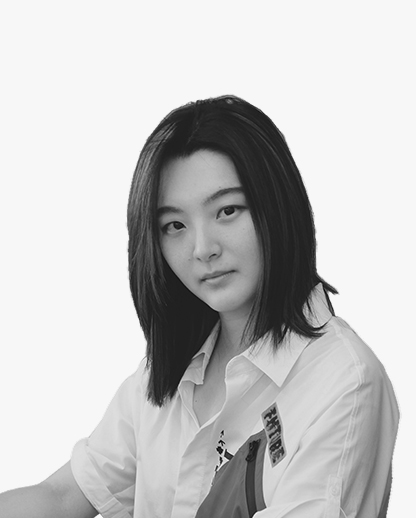 LIU Qianxi
LIU Qianxi -
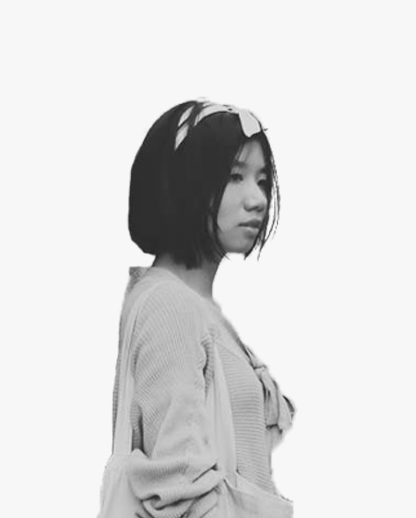 LONG Iris
LONG Iris -
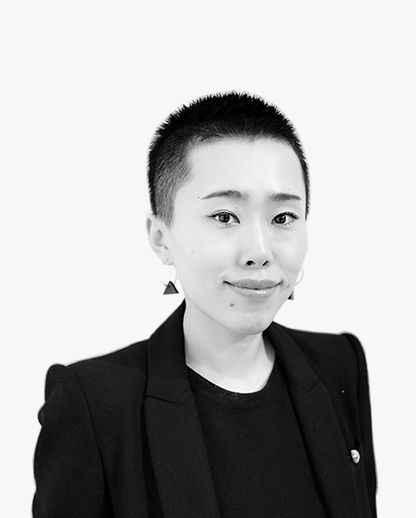 WANG Weiwei
WANG Weiwei -
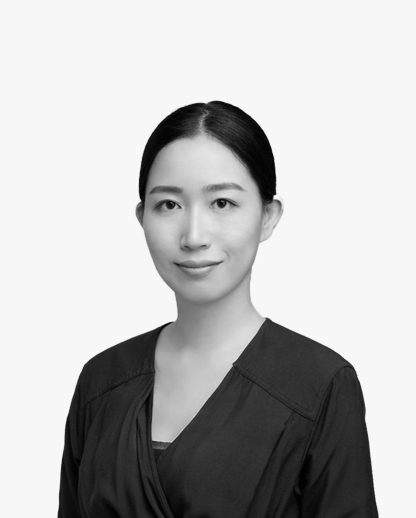 WEI JO
WEI JO -
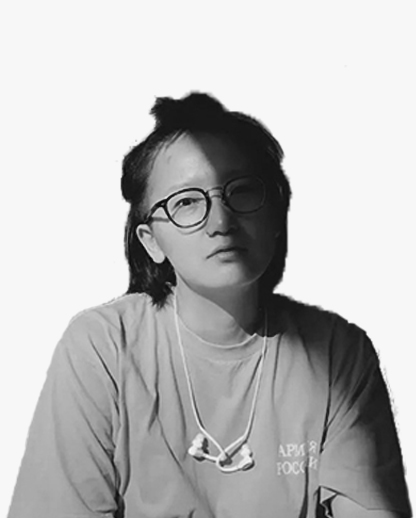 YAO Mengxi
YAO Mengxi
Junior Juries
-
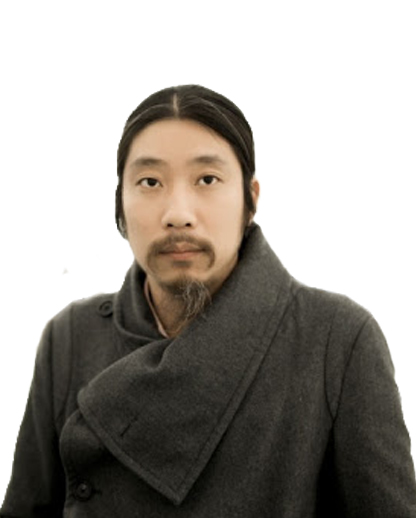 BAO DongIndependent curator, art commentator
BAO DongIndependent curator, art commentator -
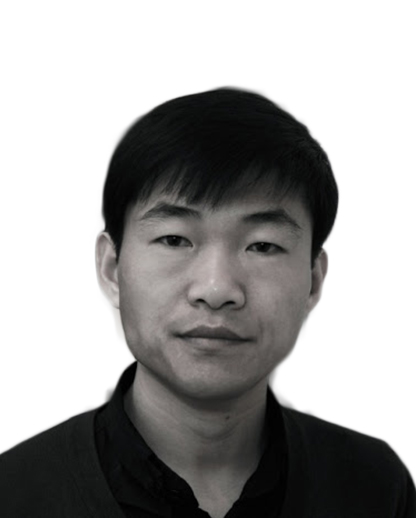 DAI ZhuoqunCurator, Commentator
DAI ZhuoqunCurator, Commentator -
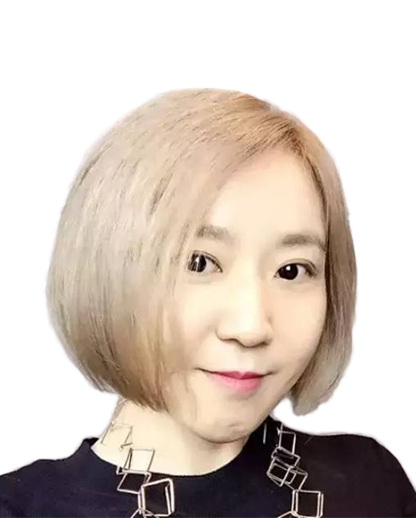 FU XiaodongIndependent curator, Space Station initiator
FU XiaodongIndependent curator, Space Station initiator -
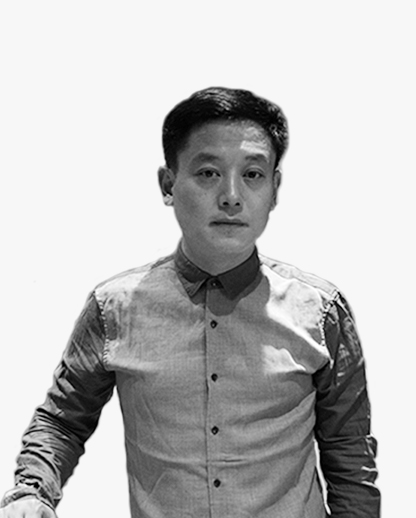 HE GuiyanProfessor and deputy director of the Department of Fine Arts, Sichuan Fine Art Institute
HE GuiyanProfessor and deputy director of the Department of Fine Arts, Sichuan Fine Art Institute -
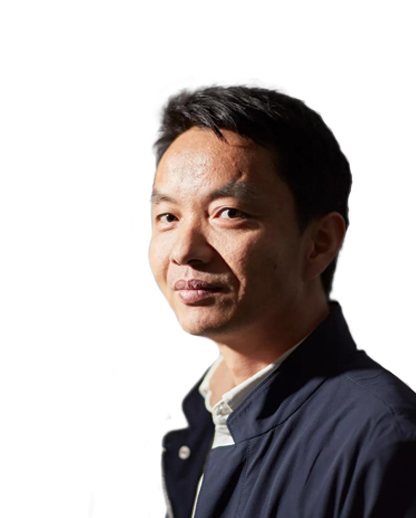 HU BinDeputy director of Guangzhou Art Museum, Professor of Art Management Department
HU BinDeputy director of Guangzhou Art Museum, Professor of Art Management Department -
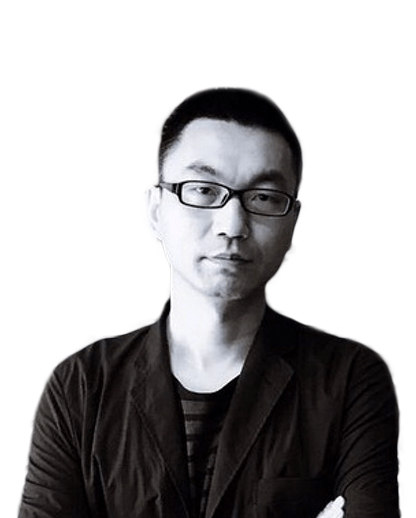 LU MingjunDepartment of Art of the School of Art, Sichuan University
LU MingjunDepartment of Art of the School of Art, Sichuan University -
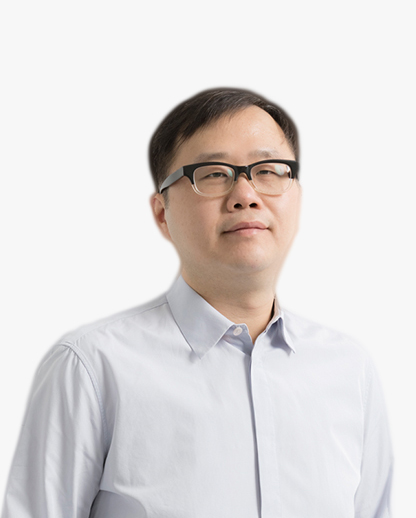 SUN DongdongCurator, Critic, Scholar
SUN DongdongCurator, Critic, Scholar -
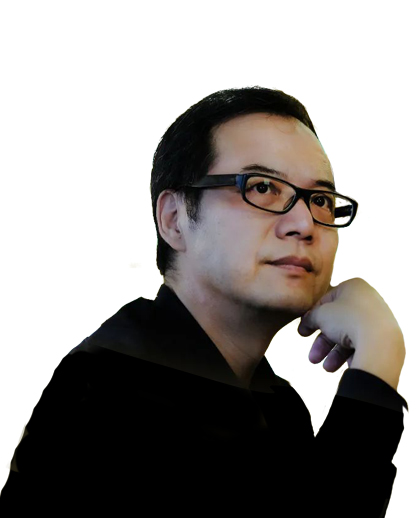 WANG ChunchenVice dean and curator of the Art Museum of China Central Academy of Fine Arts
WANG ChunchenVice dean and curator of the Art Museum of China Central Academy of Fine Arts
Senior Juries
-
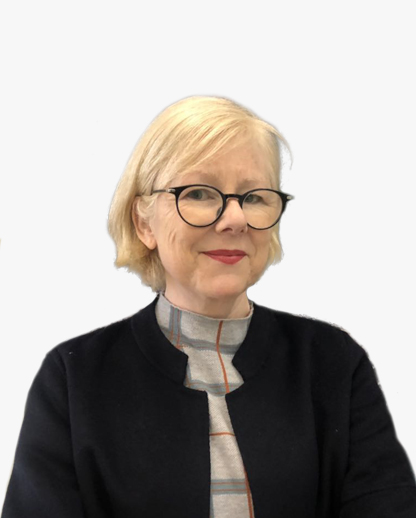 Karen SmithOCAT Director of Xi'an Pavilion, Curator and Critic
Karen SmithOCAT Director of Xi'an Pavilion, Curator and Critic -
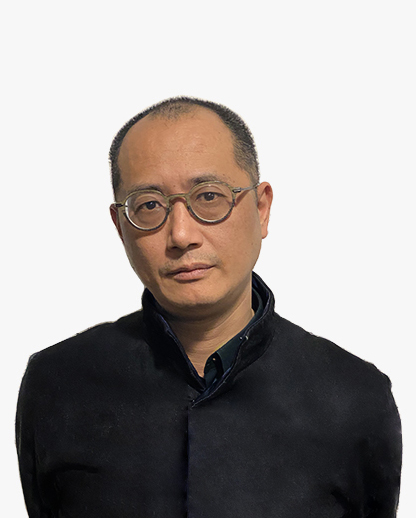 QIU ZhijieProfessor of CAFA, Artist and Curator
QIU ZhijieProfessor of CAFA, Artist and Curator -
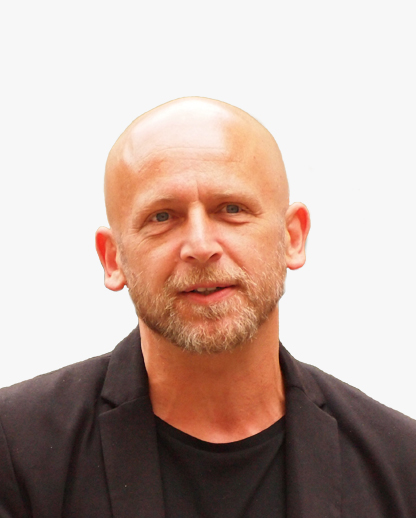 Martin HonzikDirector of Ars Electronica Festival and Curator
Martin HonzikDirector of Ars Electronica Festival and Curator -
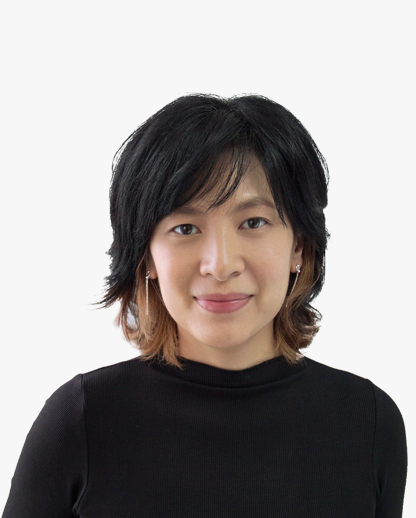 Elaine W. NgChief Editor and Publisher of Art Asia Pacific
Elaine W. NgChief Editor and Publisher of Art Asia Pacific -
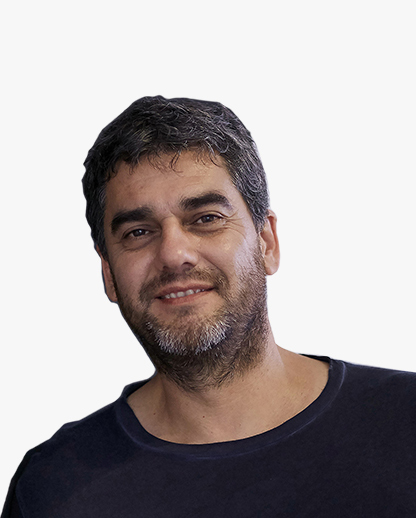 Mariano SardónArtist, Professor and Chair of Electronic Art Degree, Universidad Nacional de Tres de Febrero
Mariano SardónArtist, Professor and Chair of Electronic Art Degree, Universidad Nacional de Tres de Febrero -
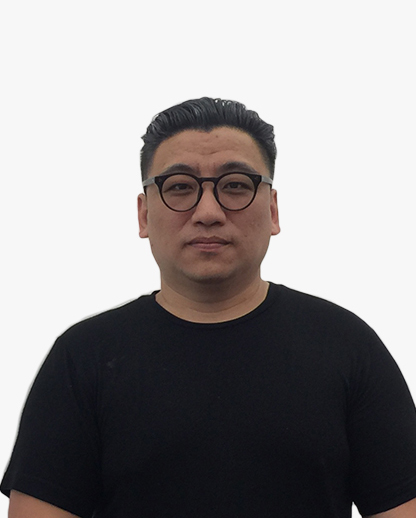 LI ZhenhuaIndependent Curator
LI ZhenhuaIndependent Curator
QUASI-NATURE 2019.03.22 ~ 2019.06.16
QUASI-NATURE
This exhibition is focused on the issues of today's rapid development of biotechnology and society. Can humans find a new way to coexist with nature? Should there be more discussion over ancient philo- sophical classics, such as Zhuangzi's On the Equality of Things or Spinoza's monistic view that humans are just a part of nature, as mentioned in Ethics? Perhaps this new way of coexisting will be based on the acceptance, where human beings rely on scientific power to create a new nature? Whatever the case, the boundary between human society and nature will eventually disappear, and the two com- bined will form a "quasi-nature" state of being.
LYING SOPHIA & MOCKING ALEXA 2019.07.12 ~ 2019.10.21
LYING SOPHIA & MOCKING ALEXA
Artists and researchers involved in this exhibition blend perspectives of Sophia (bright, poetic, media imagination) and Alexa (dark, black box, technological criticism), they investigate how AI shuffles global technical politics, reconstruct the earth's geologies, the absurdity of quantifying human emotions, the dark, inhuman labor (in exhausting fashion) to train "human-like" algorithms, incentives to project the entire human spiritual architecture on one single technology form, and the fairy-tale building on AI conducted by mass media.
